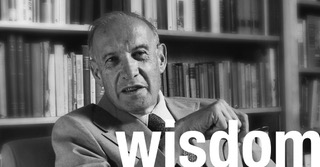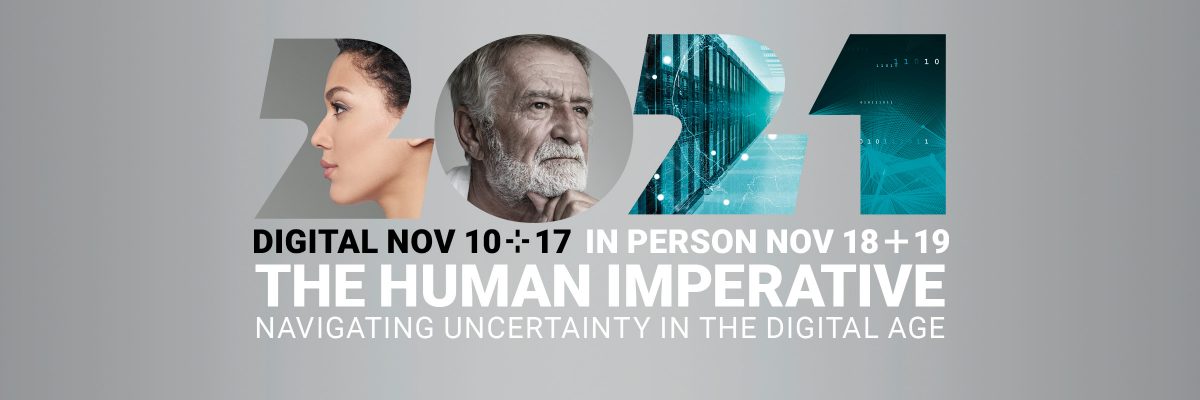
At one meeting of the Board of the Peter Drucker Foundation, I asked Peter, “You have written so much about mission—what is your mission?”
Peter replied, “To help other people achieve their goals—assuming that they are not immoral or unethical!”
Along with his brilliance, Peter was a simple and humble man who wanted to help others achieve their goals. He not only taught me about management, he also taught me about life. By his example, he showed me the importance of loving what you do—and communicating this enthusiasm to others.
Peter loved his wife, family, friends, work, and life. His zest for living was always there—even at the end. I visited with Peter shortly before his death. He took the time to have a lively discussion about the state of the world and the future we face. I was amazed at his sense of history, his deep insight, his passion, and his caring. Peter Drucker did not just teach by what he wrote—he taught by who he was.
Here are learnings that I received from Peter Drucker, which have shaped who I am, what I do, and how I work in the world.
Peter once told me that companies should be able to “put their mission statement on a T-shirt.” Try this for yourself. It is not easy. The benefits though are extraordinarily high, as this exercise will help you focus and become very clear on your mission. For example, my own mission is to be the world authority in helping successful leaders achieve positive, lasting change in behavior. Your customers (or employers) will respect you more if you do not pretend to know everything about everything, but instead have a unique brand.
Peter taught me three things about how to impact decision makers and thus make a huge impact at work. First, he taught me that our mission in life is to make a positive difference. It is not to prove how smart we are or how right we are. We get so lost in proving how smart and how right we are that we forget that’s not what we’re here for.
The second thing that Peter taught me about making a huge impact at work is that every decision in life is made by the person who has the power to make the decision. Make peace with that. Decisions are not necessarily made by the best person, the smartest person, or the right person.
And, third, he said, If I need to impact a decision-maker and they have the power to make a positive difference, the one word I should use to describe them is “customer.” I’ve put all this together in a short phrase that I teach to all of my clients. “The best leaders focus on making a positive difference and selling their ideas to decision makers, not on proving how smart or how right they are.”
Finally, one last lesson that Peter taught me is this wonderful phrase that inspires me to action every day: “The greatest wisdom not applied to action and behavior is meaningless data.”
Will we ever be able to write a similar article about learning from, and being inspired, by a machine? I rather doubt it.
About the author:
Dr. Marshall Goldsmith is the only two-time winner of the Thinkers 50 Award for #1 Leadership Thinker in the World. He has been ranked as the #1 Executive Coach in the World and a Top Ten Business Thinker for the past eight years. Dr. Goldmith is the author or editor of 36 books, including three New York Times bestsellers, that have sold over 2.5 million copies and been listed bestseller in 12 countries. His books, What Got You Here Won’t Get You There and Triggers have been recognized by Amazon.com as two of the Top 100 Leadership & Success Books Ever Written.
This article is one in a series related to the 10th Global Peter Drucker Forum, with the theme management. the human dimension, taking place on November 29 & 30, 2018 in Vienna, Austria #GPDF18
This article first appeared in the Drucker Forum Series on Linkedin Pulse


If I need to impact a decision-maker and they have the power to make a positive difference, the one word I should use to describe them is “customer.